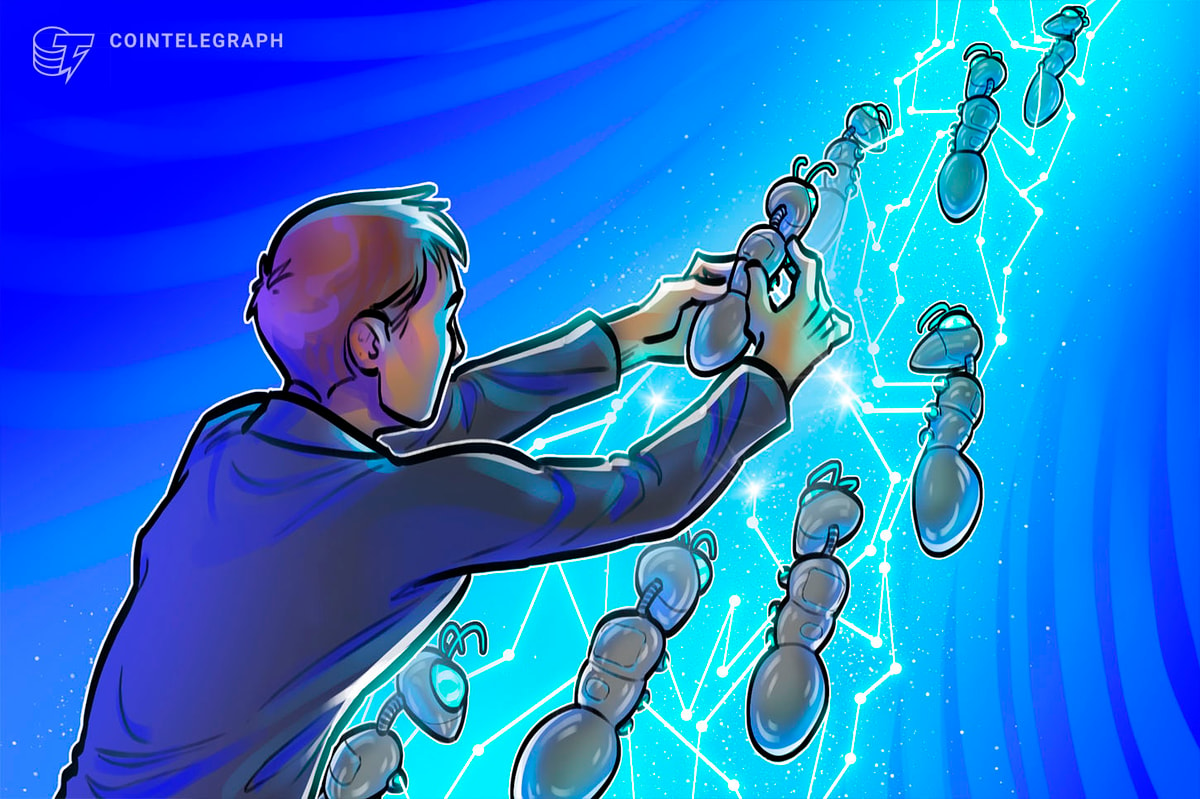Tether CTO has rejected WSJ’s investigative report calling it a “clown article”. The report highlights the massive concentration of USDT control in the hands of a few.
On Thursday, February 2, the Wall Street Journal published an investigative report highlighting the highly polarized distribution of USDT control by Tether founders. This is yet another report over the years of allegations put on Tether, which operates the world’s largest USDT stablecoin with $68 billion in circulation.
The documents refer to the 2021 probes of Tether by the New York Attorney General as well as the Federal Commodity Futures Trading Commission. The investigative report from WSJ reveals the previously unknown ownership structure of Tether.
As said, Tether’s USDT stablecoin is the world’s largest stablecoin and a key piece of infrastructure in the crypto world. The USDT stablecoin is the most widely-used digital asset to swap with other cryptocurrencies.
As per the documents from WSJ, Tether started from separate companies led by former child actor Brock Pierce and ex-plastic surgeon Giancarlo Devasini. Devasini is also the person who helped build the crypto exchange Bitfinex and is currently its chief financial officer. As per the documents, Devasini alone owned 43% of Tether back in 2018.
Two other executives from Bitfinex and Tether – Chief Counsel Stuart Hoegner and CEO Jean-Louis van Der Velde – each owned a 15% stake in the stablecoin issuer back then. The fourth owner was a businessman known as Christopher Harborne in the U.K. controlling 13% of Tether.
Questions Over Stability of Tether and Control Over It
This is not the first time that questions have been raised over Tether’s stability. Multiple reports in the past have claimed that Tether doesn’t have enough reserves to support the liquidity of all of its USDT assets in circulation.
While Tether’s founders have denied all allegations of the past, the founders haven’t been forthcoming about how they operate. But despite several allegations against the company, Tether has managed to sail through the crypto carnage in the past. Citing the company’s most recent disclosures, Wall Street Journal reported:
“Tether’s assets slightly exceed the value of tethers circulating, so it has only a thin cushion against losses. Rising interest rates have likely created a multibillion-dollar windfall for Tether’s owners, but volatility in the crypto market raised questions about tether’s stability”.
Last year, Tether’s USDT stablecoin underwent de-pegging from the USD on two occasions. One during the collapse of Terra in May 2022 and the other during the collapse of the FTX exchange in November 2022. Bith were the times of massive withdrawals in the crypto space. However, the USDT stablecoin has restored its peg since.
Commenting on the WSJ article, Tether CTO Paolo Ardoino noted that “the more clown articles the more tether grows. People understand that Tether is standing for freedom and inclusion. This is upsetting MSM. Eventually hole-punch will break media as well”.

Bhushan is a FinTech enthusiast and holds a good flair in understanding financial markets. His interest in economics and finance draw his attention towards the new emerging Blockchain Technology and Cryptocurrency markets. He is continuously in a learning process and keeps himself motivated by sharing his acquired knowledge. In free time he reads thriller fictions novels and sometimes explore his culinary skills.
Read More: www.coinspeaker.com









 Bitcoin
Bitcoin  Ethereum
Ethereum  Tether
Tether  XRP
XRP  Solana
Solana  USDC
USDC  Dogecoin
Dogecoin  TRON
TRON  Cardano
Cardano  Lido Staked Ether
Lido Staked Ether  Wrapped Bitcoin
Wrapped Bitcoin  Hyperliquid
Hyperliquid  Wrapped stETH
Wrapped stETH  Sui
Sui  Chainlink
Chainlink  Avalanche
Avalanche  Stellar
Stellar  LEO Token
LEO Token  Bitcoin Cash
Bitcoin Cash  Toncoin
Toncoin  Shiba Inu
Shiba Inu  Hedera
Hedera  USDS
USDS  WETH
WETH  Litecoin
Litecoin  Wrapped eETH
Wrapped eETH  Monero
Monero  Polkadot
Polkadot  Binance Bridged USDT (BNB Smart Chain)
Binance Bridged USDT (BNB Smart Chain)  Ethena USDe
Ethena USDe  Bitget Token
Bitget Token  Pepe
Pepe  Pi Network
Pi Network  Coinbase Wrapped BTC
Coinbase Wrapped BTC  WhiteBIT Coin
WhiteBIT Coin  Aave
Aave  Uniswap
Uniswap  Dai
Dai  Bittensor
Bittensor  Ethena Staked USDe
Ethena Staked USDe  Aptos
Aptos  NEAR Protocol
NEAR Protocol  Cronos
Cronos  OKB
OKB  BlackRock USD Institutional Digital Liquidity Fund
BlackRock USD Institutional Digital Liquidity Fund  Internet Computer
Internet Computer  Jito Staked SOL
Jito Staked SOL  Ondo
Ondo  Ethereum Classic
Ethereum Classic